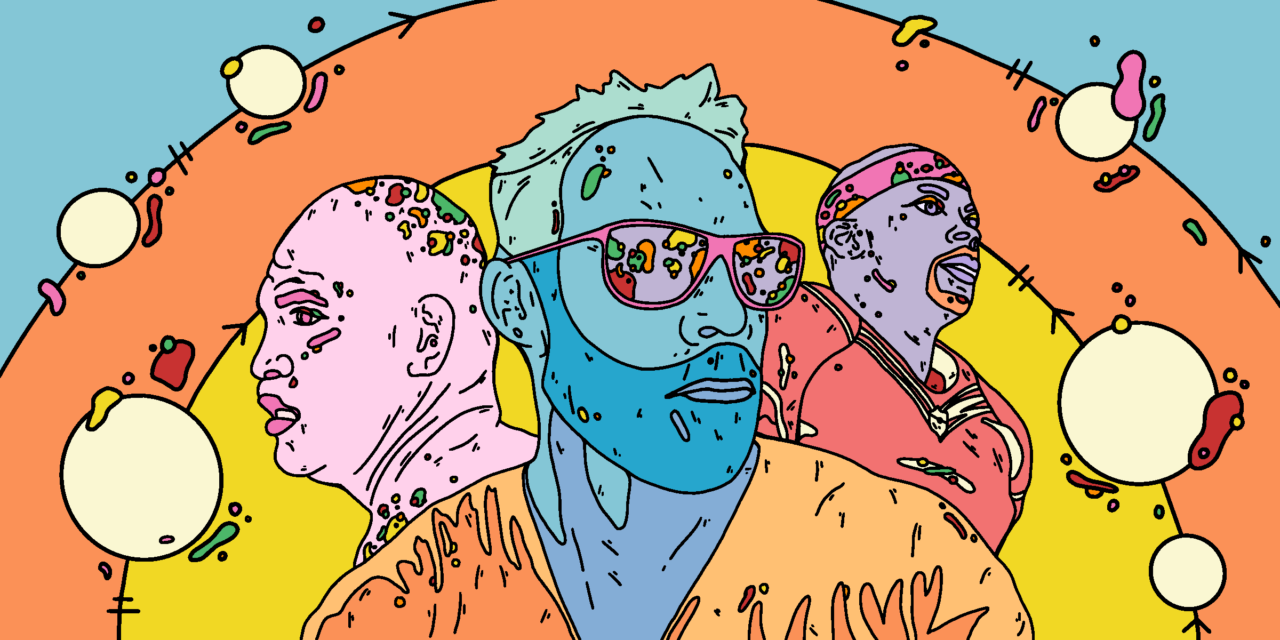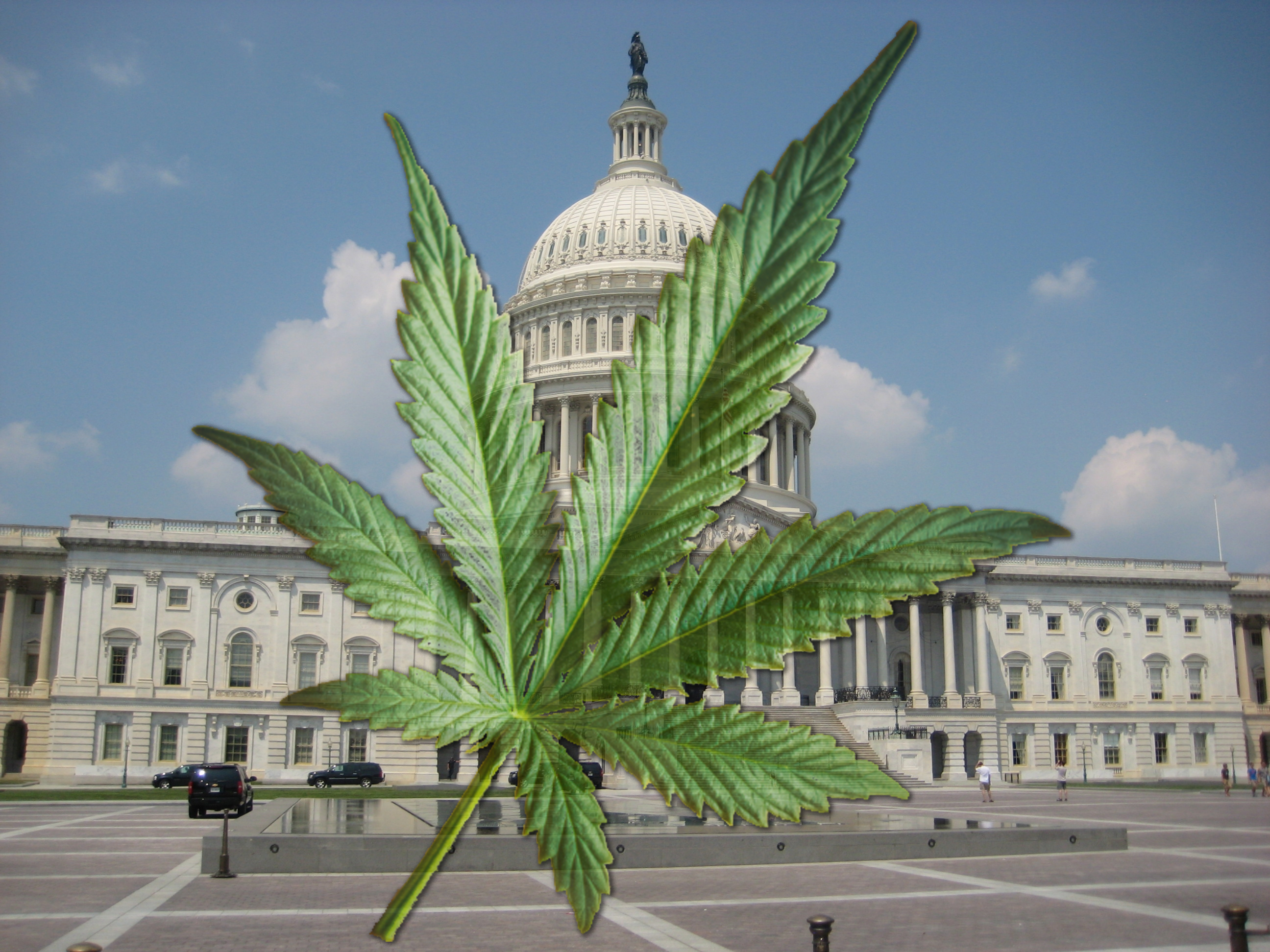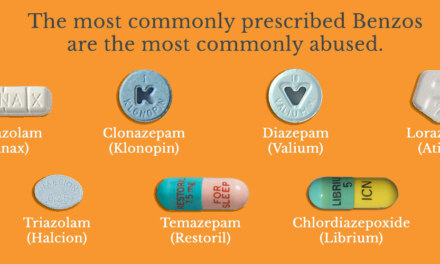Today’s subject is athletes who turn to psychedelic-assisted therapy– in this case, making use of psilocybin – in their quest for healing, both physiological and psychological.
An article showed up the other day on ESPN, the sports news website:
Pain, hope, science collide as athletes turn to magic mushrooms
I haven’t been involved with troubled athletes for several years now, but earlier in my career, it was common to have an athlete in some phase of treatment. They came from different sports, representing most of the major pro leagues as well as some of the minor ones. Athletes are interesting people from a treatment perspective, and I learned a lot from working with them.
Top tier athletes, the ones that go on to win accolades and/or earn vast sums during their careers, are a diverse group in terms of their interests and personalities. Because high-level competition can become something of a ‘bubble’ in which one lives, works, loves, and eventually must leave, they often develop certain commonalities of behavior.
One is unusual competitiveness. Not surprising, is it? I’ve often heard it said about some star athlete that they hate to lose at anything. No matter how insignificant, they somehow manage to turn it into a contest. And usually, find a way to win.
Another common feature of those I worked with: anxiety. Not just related to athletic performance, but to other areas of life as well. I wonder if it’s the flip side to all that competitiveness — a degree of personal insecurity. For instance, take this example of a star player who gave up his nascent career because of crippling anxiety. Note his age.
Third, and perhaps most common, almost universal: difficulty adjusting to life after retirement from sport.
The stories in the linked article are mostly about that third segment, the retirees. All were dealing with chronic pain — the physical sort, as we might expect, but also a deeper variety, in the form of depression. The combo makes them prime candidates for experimenting with ‘alternative’ methods of healing. The greater the patient’s suffering, the more willing they may be to take risks.
Cecile likes to say that people in severe pain are heavily biased in favor of any suggestion of a quick, permanent solution that would eliminate their pain. Bring up slower approaches, rooted in behavior and lifestyle change, and the response is, “get that stuff outta here.”
“When you’re in pain and you’re stuck in a corner, you’ll do anything to get out of it,” according to one pro athlete quoted in the article.
It helps explain the receptive audience for hallucinogens in the retired athlete community. That’s been true for many decades. It’s just out in the open now. Scientists, even some who are working on developing and testing psychedelic therapies, are scared by exactly how fast acceptance is coming.
From the article: “…many of those same researchers warn the hype over psychedelics is outpacing the science – and that the treatment comes with significant risks for some patients.” All true. But science takes time, and people don’t want to wait. An example: “He asks why they need to wait when so many studies and anecdotes indicate positive results?” Because studies also suggest some real risks. Dangers, in fact. It’s possible that the current wave of fawning reports of miraculous cures could be replaced by stories of horrific incidents.
The issue is complicated by rapid commercialization. In business, we also see desperation, but it’s mainly for quick profits.
“Commercialization,” one researcher suggests, “could be both good and bad for psychedelics. On the one hand, it could provide funding for research; on the other, the desire for a return on that investment could improperly influence the results and put patients at risk.”
No kidding. We’ve been here before.












